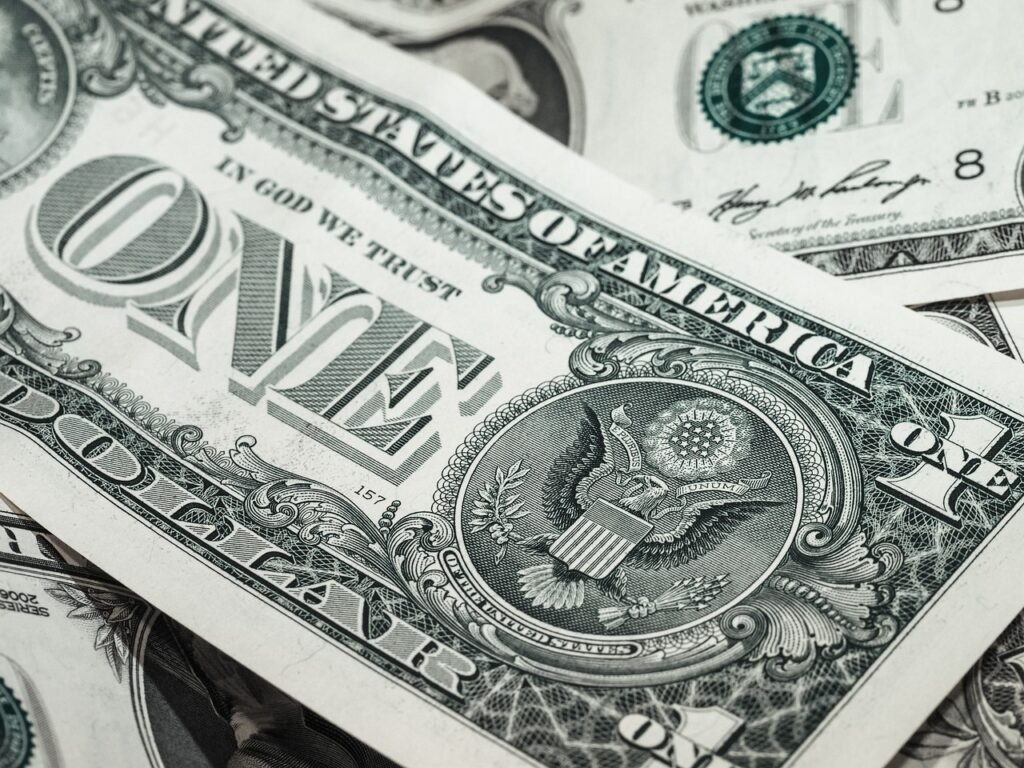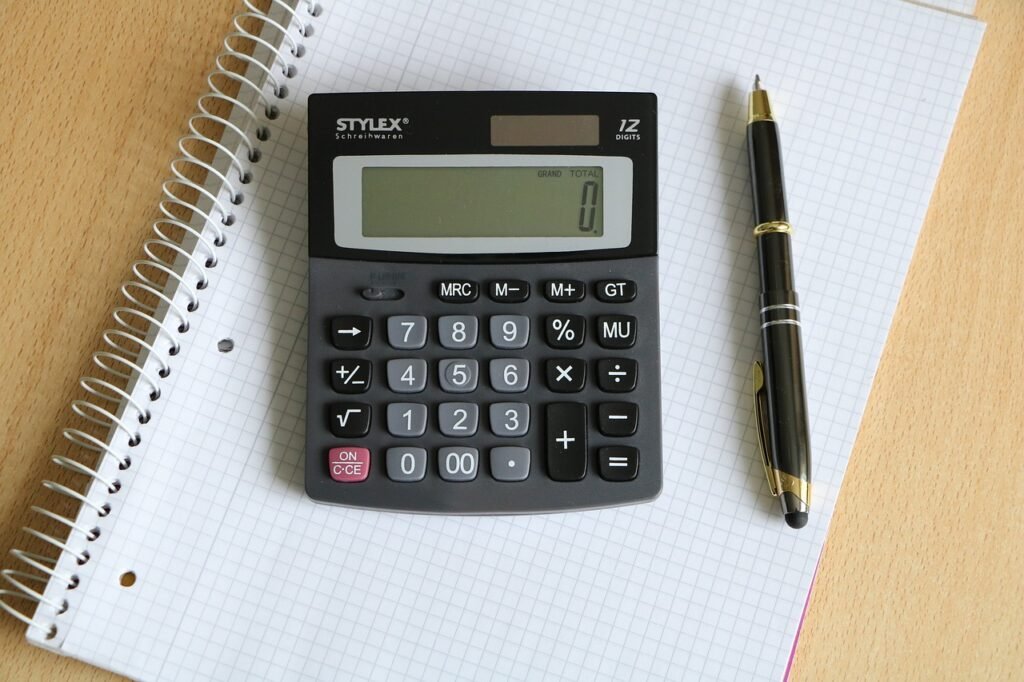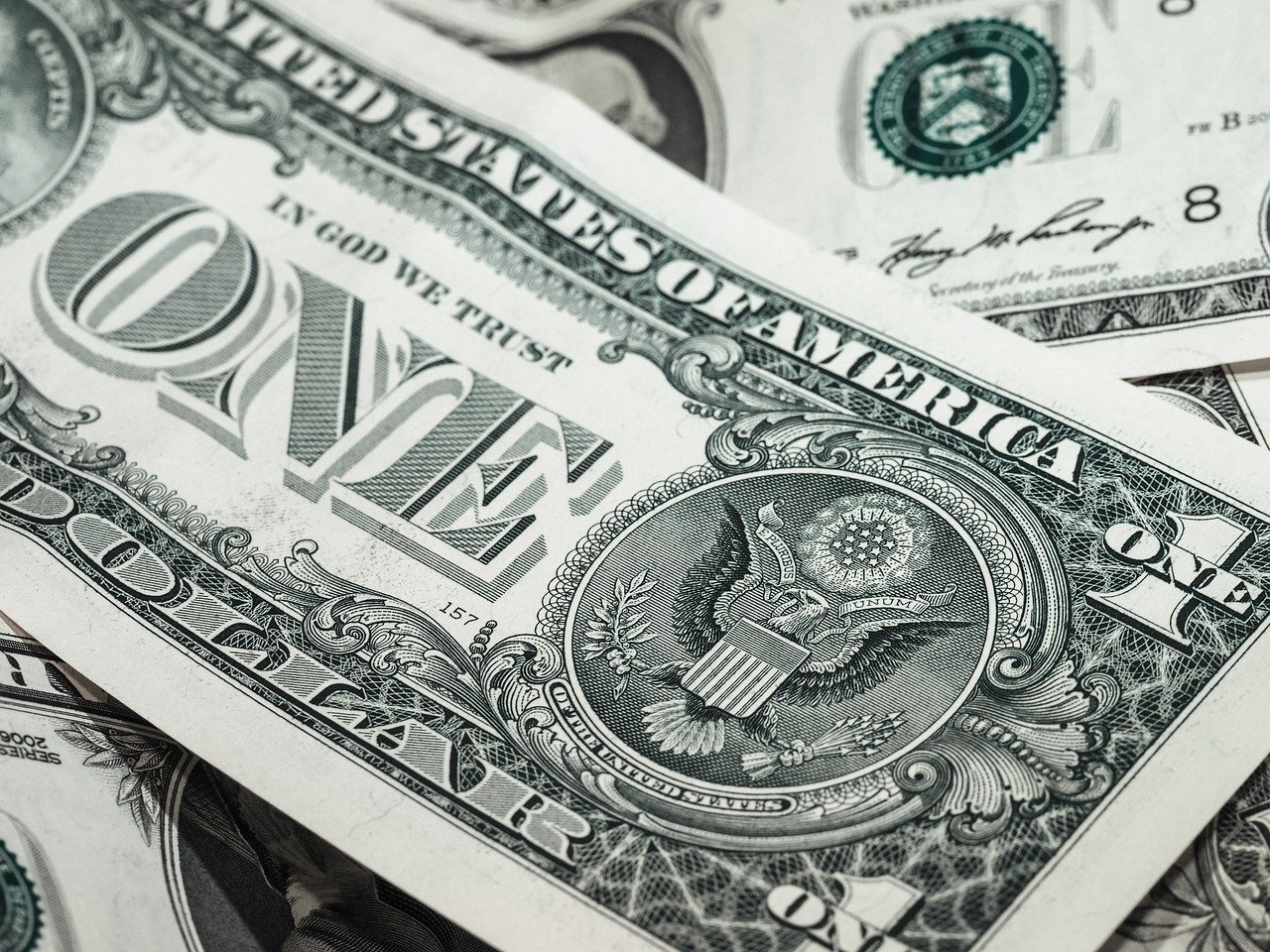
I decided to automate my finances for a full month to see if it would actually save me time and reduce stress. I set up automated bill payments, savings transfers, and budget tracking all in one system to limit manual work.
What I found is that automation made managing money more efficient and helped me avoid missed payments without needing constant attention.It didn’t eliminate all financial decisions, but it handled routine tasks reliably.
Over the month, I noticed clearer spending patterns and fewer late fees. This experience gave me practical insight into how automation can simplify daily money management.
Why I Decided To Automate My Finances

I struggled with staying consistent in managing my money. I needed a plan to overcome poor tracking, missed payments, and unclear financial goals. Finding the right tools and defining my objectives made automation a practical step.
Identifying Financial Challenges
My biggest issues were forgetting bill due dates and losing track of spending. Manual budgeting felt time-consuming and unreliable. I often overdrew accounts or paid late fees without realizing it until after the fact.
This disorganization led to stress and a lack of control over my money. I also noticed I wasn’t saving enough because small daily expenses added up unnoticed. These problems pushed me to look for a way to streamline all my financial tasks.
Setting Financial Goals
To automate effectively, I set clear goals. These included paying bills on time, reducing unnecessary spending, and building an emergency fund. My aim was to have steady growth in savings without constant monitoring.
I broke these into smaller targets, like saving $200 a month and capping dining expenses at $150. Having measurable goals allowed me to tailor automation to my real needs instead of vague ambitions.
Choosing Automation Tools
I struggled with staying consistent in managing my money. I needed a plan to overcome poor tracking, missed payments, and unclear financial goals. Finding the right tools and defining my objectives made automation a practical step.
Identifying Financial Challenges
My biggest issues were forgetting bill due dates and losing track of spending. Manual budgeting felt time-consuming and unreliable. I often overdrew accounts or paid late fees without realizing it until after the fact.
This disorganization led to stress and a lack of control over my money. I also noticed I wasn’t saving enough because small daily expenses added up unnoticed. These problems pushed me to look for a way to streamline all my financial tasks.
Setting Financial Goals
To automate effectively, I set clear goals. These included paying bills on time, reducing unnecessary spending, and building an emergency fund. My aim was to have steady growth in savings without constant monitoring.
I broke these into smaller targets, like saving $200 a month and capping dining expenses at $150. Having measurable goals allowed me to tailor automation to my real needs instead of vague ambitions.
Choosing Automation Tools
I researched apps and services that handle payments, budgeting, and alerts. Key features I sought were automatic bill pay, expense categorization, and synchronization with my bank accounts.
I settled on a combination of my bank’s bill pay system and a budgeting app with strong notification options. This setup ensured bills never missed deadlines and spending trends were clearly visible. The ease of integration was crucial to avoid extra work.
How I Automated My Finances

I focused on setting up automatic systems to handle bills, savings, spending tracking, and investments. This reduced manual effort and helped ensure consistency.
Automating Bill Payments
I linked all my recurring bills—utilities, rent, credit cards—to my checking account through my bank’s bill pay system. Each payment was scheduled a few days before the due date to avoid late fees.
I double-checked that the amounts were fixed or set to variable based on actual bills. For variable amounts, I reviewed monthly statements to ensure the payments aligned. Automating bills gave me peace of mind that I wouldn’t miss deadlines.
Setting Up Savings Transfers
I created a rule within my bank to transfer $500 from checking to my savings account every payday. This approach forced consistent saving without needing manual intervention.
I also set up a targeted savings sub-account specifically for emergencies and another for vacation. Automatic transfers to multiple savings goals helped me organize funds clearly.
Tracking Spending With Apps
I used a budgeting app that syncs directly with my bank accounts. The app categorized all transactions automatically, which helped me see where my money was going.
I reviewed weekly spending reports generated by the app. Alerts for unusual or large transactions kept me informed and gave me control without constant manual checking.
Streamlining Investment Contributions
I automated monthly contributions to my retirement fund through my employer’s payroll deductions. This ensured steady investing without my direct action.
Additionally, I set up automatic transfers to a brokerage account for index fund purchases every month. This dollar-cost averaging strategy reduced timing risks and kept investing consistent.
What Happened After a Month

My finances showed clear results in spending and savings patterns. I also gained back time usually spent managing money, though some issues came up that I hadn’t anticipated.
Assessing Financial Progress
After automating my bills and savings, my account balances stabilized. I avoided late fees altogether, which had been a problem before automation.
I tracked expenses automatically and noticed small leaks in my daily spending on subscriptions I no longer used. This insight helped me cancel two services, freeing up $25 monthly.
My savings rate increased by 15%, thanks to automated transfers right after each paycheck. This made saving feel effortless instead of a monthly scramble.
Time Saved And Reduced Stress
I saved about 30 minutes each week previously spent on paying bills and tracking payments. That time added up to roughly two hours a month.
Automated alerts kept me informed about upcoming bills and low balances, preventing surprises. This feature greatly reduced the anxiety I used to feel around payment deadlines.
Without manual intervention every week, I felt less stressed and more in control financially. It gave me space to focus on other tasks or leisure instead of money worries.
Unexpected Challenges Encountered
My finances showed clear results in spending and savings patterns. I also gained back time usually spent managing money, though some issues came up that I hadn’t anticipated.
Assessing Financial Progress

After automating my bills and savings, my account balances stabilized. I avoided late fees altogether, which had been a problem before automation.
I tracked expenses automatically and noticed small leaks in my daily spending on subscriptions I no longer used. This insight helped me cancel two services, freeing up $25 monthly.
My savings rate increased by 15%, thanks to automated transfers right after each paycheck. This made saving feel effortless instead of a monthly scramble.
Time Saved And Reduced Stress
I saved about 30 minutes each week previously spent on paying bills and tracking payments. That time added up to roughly two hours a month.
Automated alerts kept me informed about upcoming bills and low balances, preventing surprises. This feature greatly reduced the anxiety I used to feel around payment deadlines.
Without manual intervention every week, I felt less stressed and more in control financially. It gave me space to focus on other tasks or leisure instead of money worries.
Unexpected Challenges Encountered
Some payments didn’t process on time due to changes in billing dates that I hadn’t updated in my system. This required manual corrections and contacting providers.
Automating led me to overlook minor discrepancies on my statement initially, which I caught only after a delay. I now review statements closely to avoid missing errors.
Occasionally, I faced technical glitches with the financial app’s syncing feature. These problems disrupted automation temporarily and required troubleshooting, showing automation isn’t foolproof.

